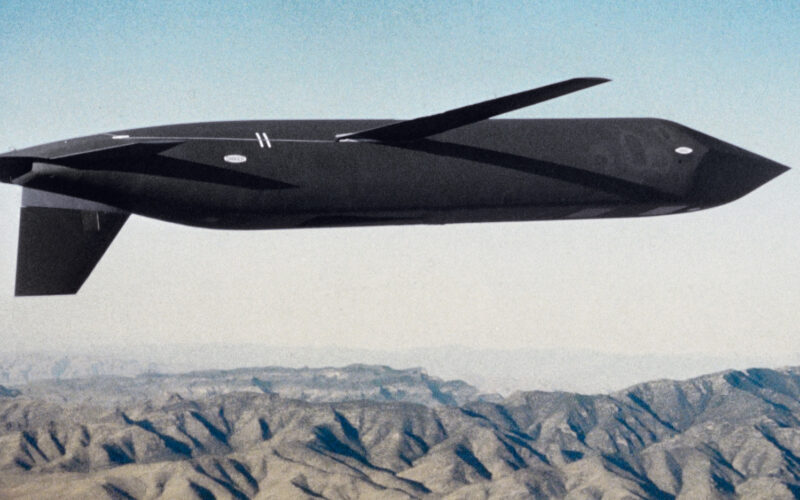If in public opinion, the Cuban missile crisis of 1962 represents the paroxysmal peak of the Cold War, many specialists consider that it was reached in 1983, during the Euromissile crisis during which the forces of the NATO and the Warsaw Pact have been on the brink of nuclear confrontation for almost 2 years.
This crisis led to the signing of the Intermediate-Range Nuclear Forces or INF treaty in 1988, prohibiting the United States and the Soviet Union from deploying, possessing or designing ballistic weapons with a range of 500 to 5.500 km, as well as than land-launched cruise missiles, which actively contributed to lowering tensions between the two blocs.
However, in the 5-year interval between 1983 and 1988, Westerners and Soviets multiplied the development of nuclear-capable solutions so as to expand their arsenal but also their response capabilities against the adversary, in a particularly rapid arms race. and dynamic.
It was at this time that the French Air-Sol Moyenne Portée or ASMP missile was designed, a supersonic cruise missile designed to penetrate the enemy's anti-aircraft defenses and carrying a 81 kt TN100 nuclear warhead over 300 km. It will be put into service in 1986 on board the Mirage IV then the Mirage 2000N of the strategic air forces

Across the Atlantic, the US Air Force undertook the development of the AGM-129 ACM stealth cruise missile, intended to support the AGM-86 ALCM in service for 10 years on board the B-52H Stratoforteress, while the US Navy admitted into service in 1983 the BGM-109A Tomahawk cruise missile, both armed with a W80 nuclear warhead from 5 to 150 kt.
Since the end of the cold war, and until the beginning of the 2010s, the United States (like Russia) considerably reduced its nuclear arsenal, going so far as to withdraw from service certain advanced munitions such as the AGM-129 for honor bilateral commitments.

75% of this article remains to read,
Subscribe to access it!
The Classic subscriptions provide access to
articles in their full version, and without advertising,
from 6,90 €.
Newsletter subscription
Register for the Meta-Defense Newsletter to receive the
latest fashion articles daily or weekly


[…] […]